Restorative dentistry is pivotal in maintaining oral health and function, especially for individuals with damaged, decayed, or missing teeth. The goal is not only to restore the appearance and aesthetics of your smile but also to ensure the proper functioning of your teeth and jaw. Here, we will explore the various restorative dental services available, their benefits, and how they can help improve your quality of life.
Restorative dental services encompass a range of procedures involved in treating, repairing, or replacing damaged teeth, restoring proper bite alignment, and enhancing oral functionality.
Patients who have experienced tooth loss, decay, or damage due to injury or disease will find it difficult to manage function or smile aesthetics without restorative dental services.
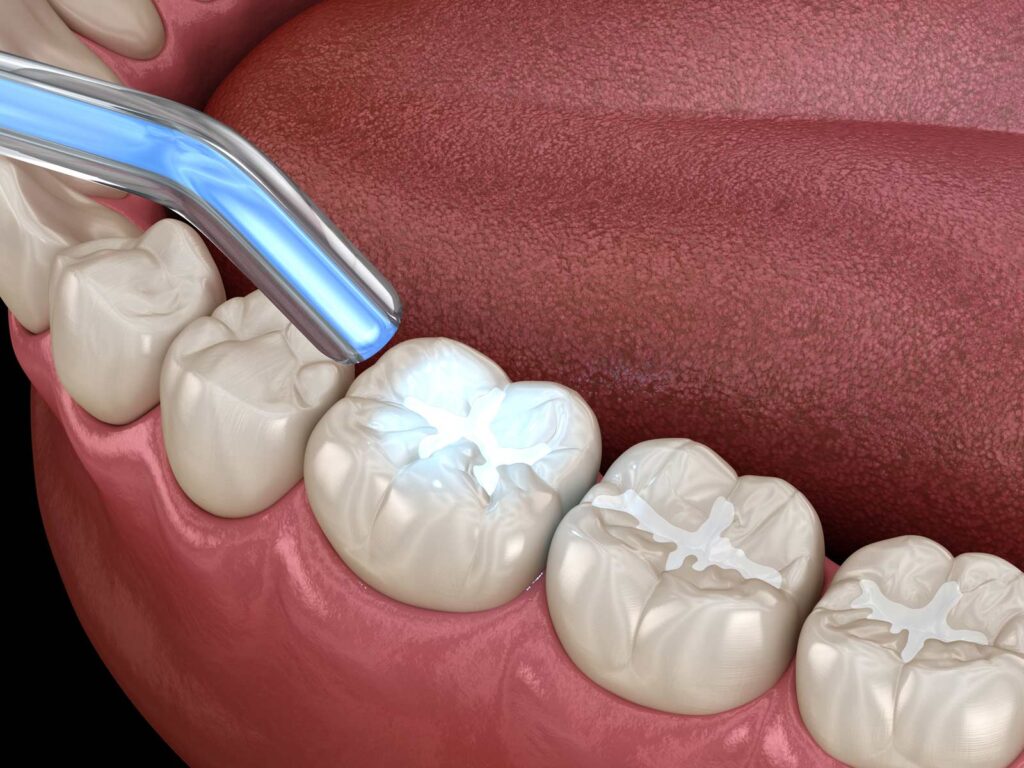
Dental fillings are used to repair damage from decay on a tooth. This treatment involves removing the decayed portion of the tooth and, as a next step, filling the tooth where the decayed material has been removed with a material that restores the tooth’s shape and function.
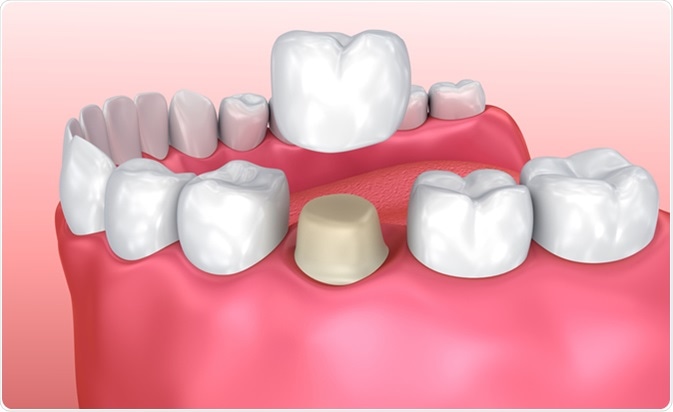
Dental crowns, also known as caps, are used to cover damaged or weakened teeth, restoring their shape, size, strength, and appearance. Dental crowns are generally recommended for teeth that have significantly decayed or cracked.
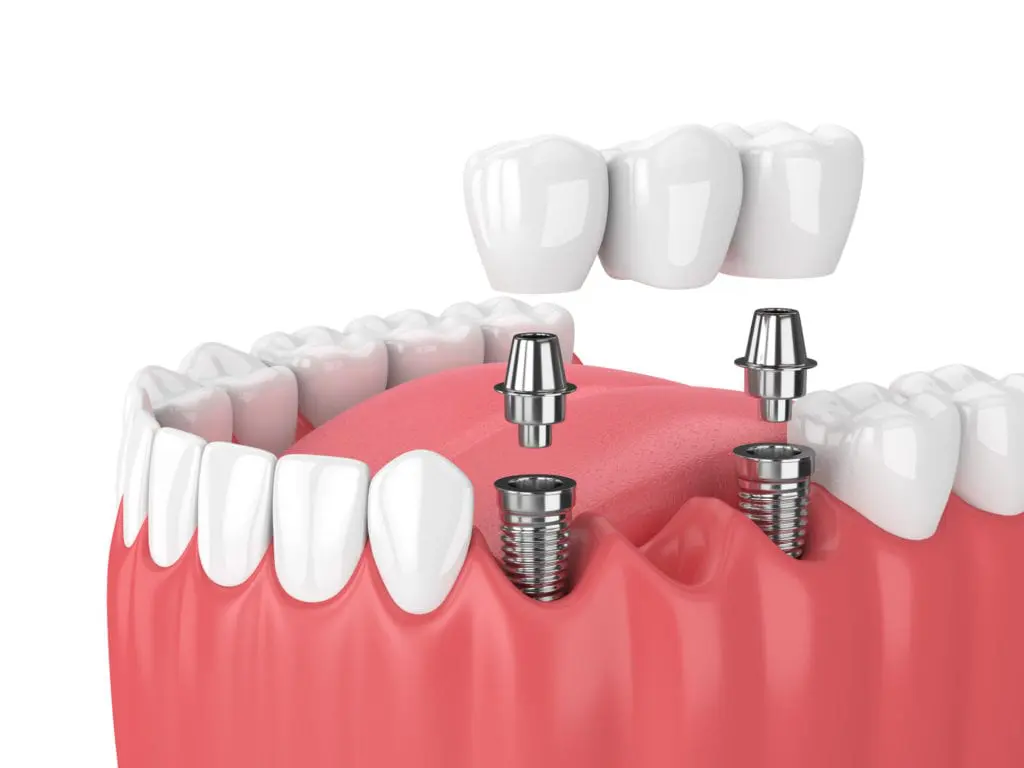
Dental bridges are used to replace one or more missing teeth by anchoring artificial teeth to adjacent natural teeth or implants. They quite literally “bridge” the gap left by missing teeth, restoring both function and aesthetics.
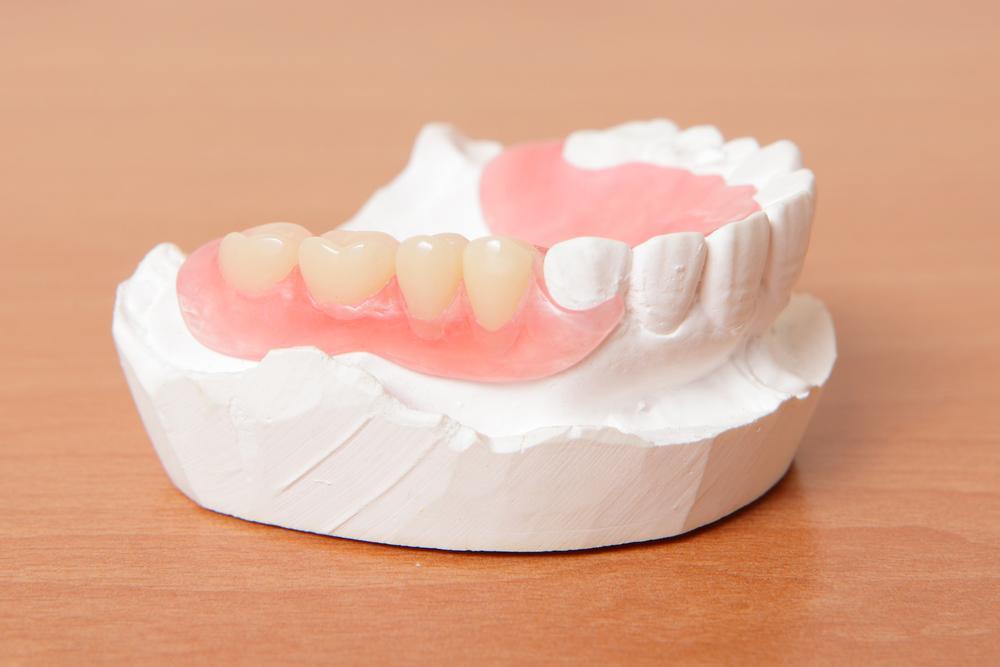
Dentures come in many forms: full, partial, and implant-supported dentures. Several different materials can be used in their fabrication. With proper care and maintenance, the average life of a denture is seven to ten years.
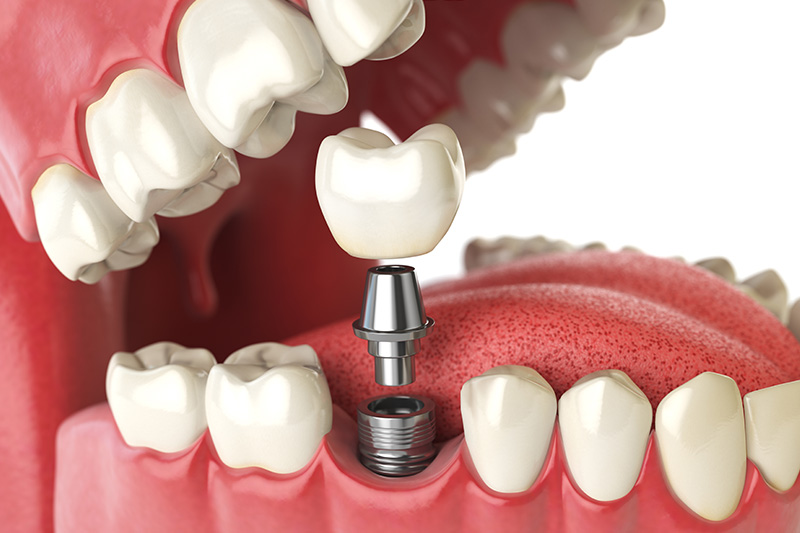
Dental implants are the essential gold standard for replacing missing teeth. Placing dental implants involve the surgical insertion or placement of a titanium post which is anchored into the jawbone. This works as a stable foundation for a crown, or a bridge, or a denture.
To be certain about the longevity of your restorative dental treatments, follow these maintenance tips:
Restorative dental services are essential for maintaining your smile’s health, function, and aesthetics. Whether you need a simple filling or a complex dental implant procedure, a skilled dentist can help restore your teeth and through that restoration improve your quality of life.
Call our office to schedule a consultation with us today for personalized advice and to explore the best restorative options for your needs. Let us help you regain the confidence and functionality of a healthy smile.